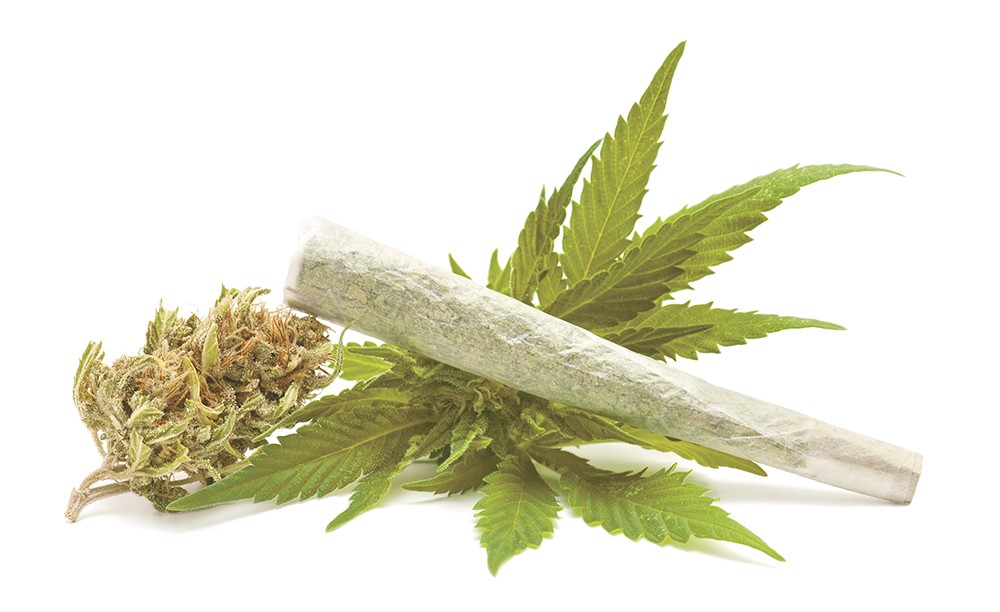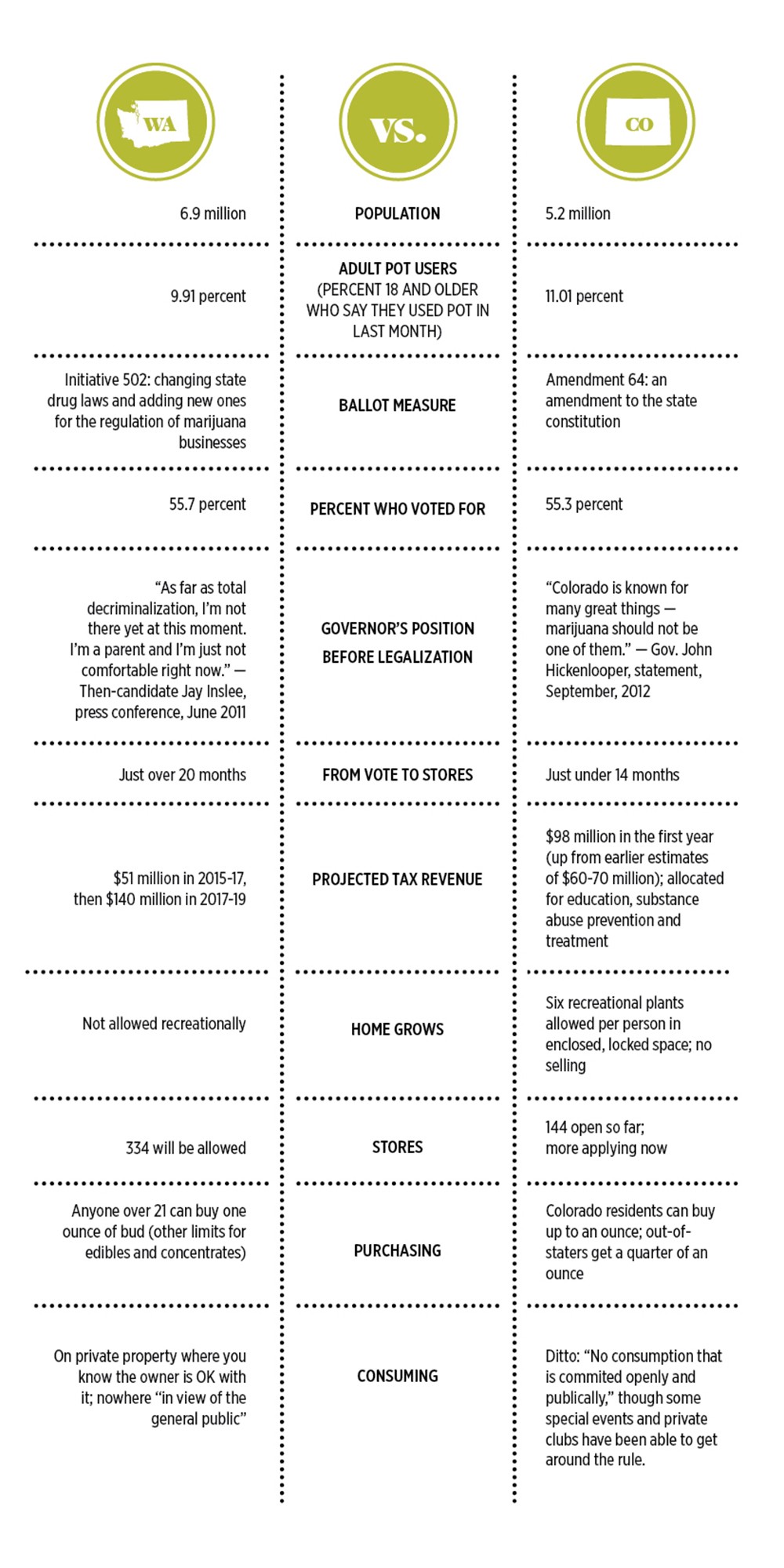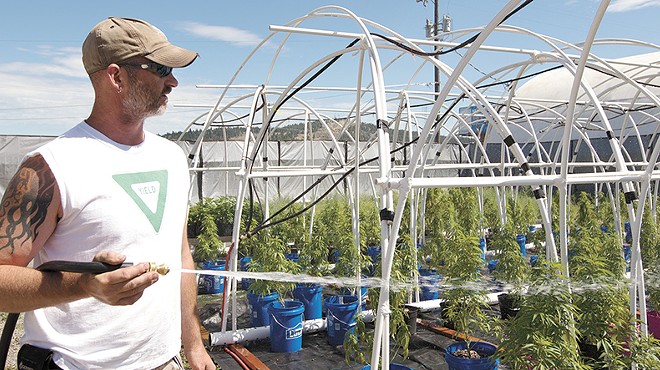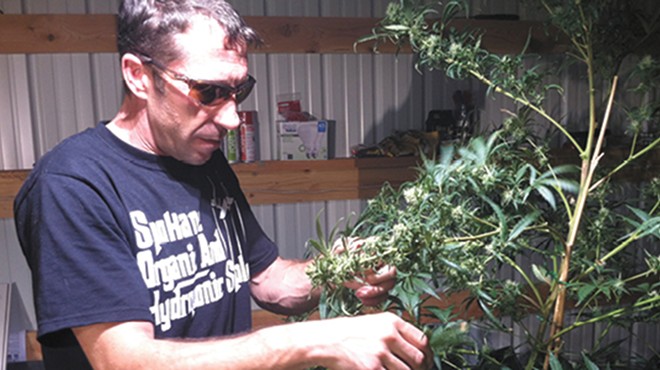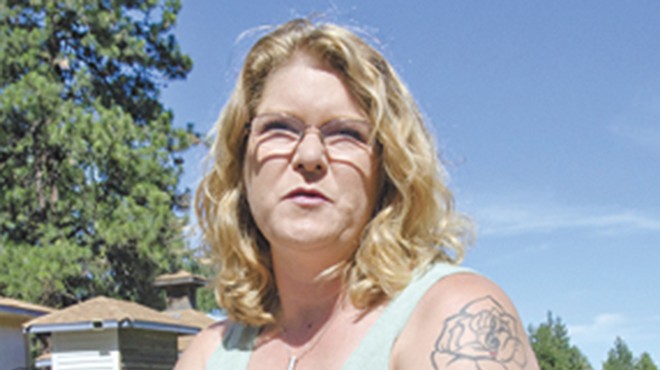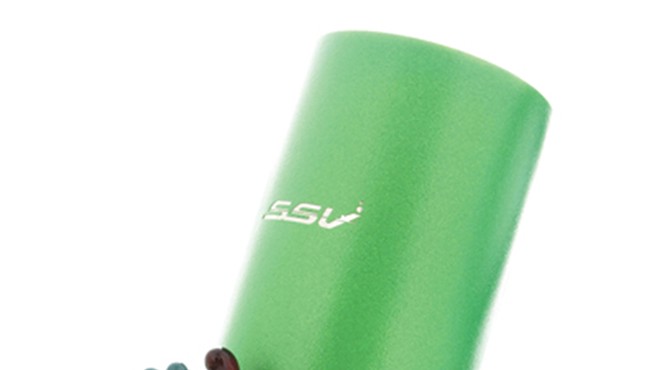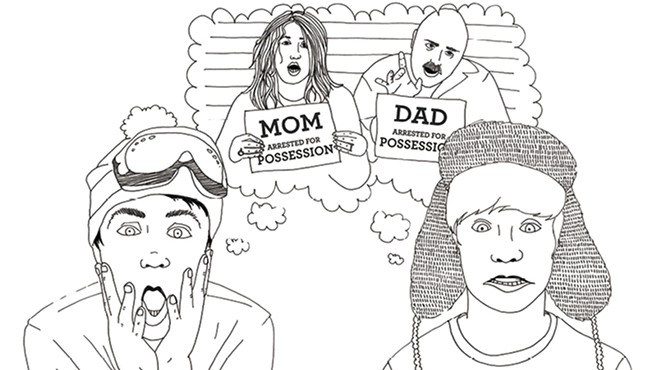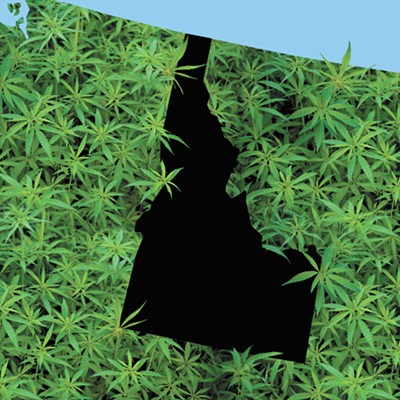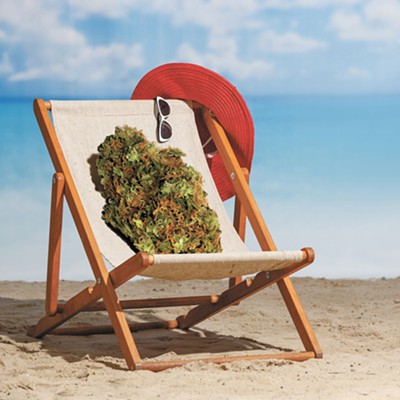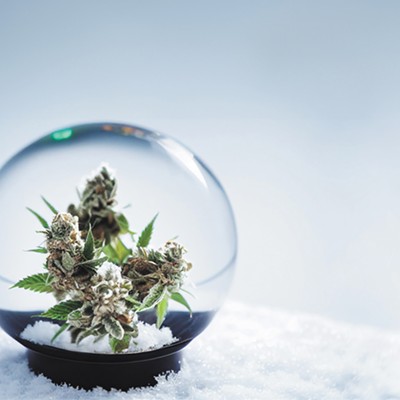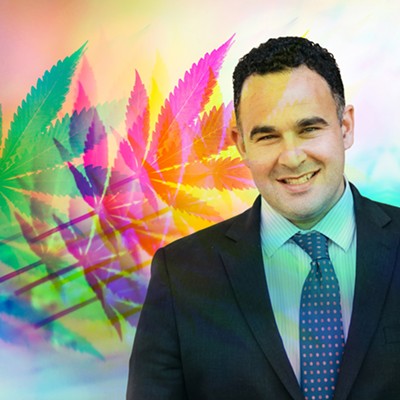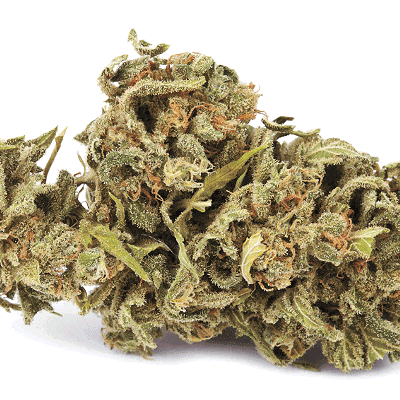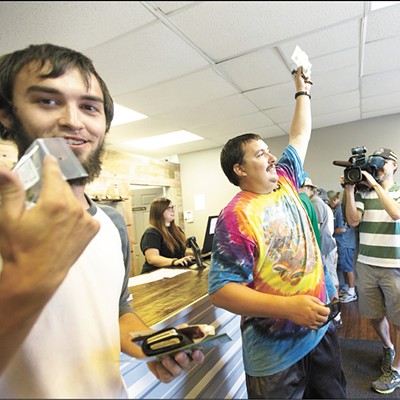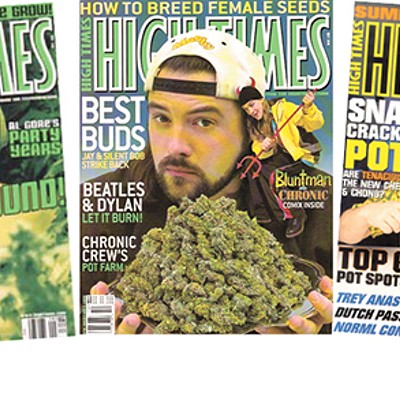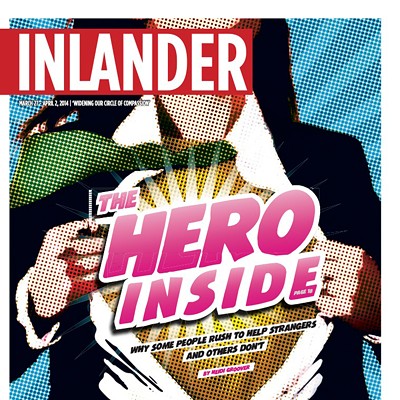What Is Happening?
After voters approved Initiative 502 in 2012, possessing an ounce of cannabis became legal for adults 21 and older in Washington. Since then, it's been a complicated and wonky process of making rules for how pot would be grown and sold in the state. The Washington State Liquor Control Board, which was tasked with making the rules, started licensing growers in March, and now they've finally licensed 24 retail stores to sell that pot, with more to come. (One opened in Spokane Tuesday.) Yes, Colorado did this more than six months ago. There, a well-regulated medical marijuana market was in place and recreational pot was basically folded in, with locations selling both. Here in Washington, medical marijuana is legal but largely unregulated, which made state rule-makers wary of using that industry as a basis for this new one.
What is legal and what's not?
If you're under 21, sorry. No recreational cannabis for you. If you're 21 or older, you can now enter a state-licensed pot store (find one near you here), show your ID and buy up to an ounce of bud (more later about limits on other forms of marijuana). Edibles also are legal, but there won't be any in stores for a while, since the Liquor Control Board has yet to license anyone making them.
Important things to remember: No public consumption (you could get a $50 ticket); no sharing with minors (that's still a felony and the authorities are taking it very seriously); if it's in your car, keep the packaging closed; don't drive high (still illegal). Be careful on the feds' turf. No rolling a joint in a national park or sending your favorite pot brownies through the mail. In Washington state parks, you can light up in your own RV or tent, but not in view of others or in a state-owned cabin or yurt.
What if I live in Idaho?
Don't take your weed back across the border. It's illegal there and that's unlikely to change in the near future. Idaho State Police officers already have been accused of "license plate profiling" drivers from Washington and Colorado.
Can I get fired for smoking pot?
Short answer: Yes. Despite the drug's new status, employers are still free to enforce weed-free workplaces.
How do I get high?
People are doing all sorts of stuff you probably didn't do back in your college days. The basics are below, and there's some useful advice here.
Smoking: You can buy pre-rolled joints or, of course, roll them yourself. You won't find things like spliffs, which include tobacco, since stores are only allowed to sell marijuana products.
Dabbing: This technique has rapidly gained popularity and made headlines for how dangerous it can be. To do it, you need butane hash oil to smoke. The oil is made by filtering butane through marijuana and then heating the resulting product to remove the butane, a process that can cause actual explosions and leave butane residue in the oil. But when done right, it leaves you with basically pure THC that will get you super-high. (The safer and state-approved way of doing this is with a "closed system," which keeps the flammable butane from escaping into the air near the flame, where it can ignite.)
Vaping: Vaporizors and vape pens, which are like e-cigarettes, use a heating element to vaporize the pot and can be more discreet than smoking.
Edibles: Pretty much anything can come cannabis-infused. Most common: brownies, cookies, candy, that sort of thing. Tinctures are liquid marijuana extractions taken in drops under the tongue.
How are edibles different from joints?
Even some of the most experienced stoners can tell horror stories about their time with pot brownies/gummy bears/banana bread. That's because edibles produce a different kind of high and are easier to overconsume. Not only can edibles take longer (up to two hours!) to kick in, but the recommended amount of a pot-infused candy bar to eat might be just an eighth or a tenth of the whole thing. When in life do we easily practice such self-control? Be smart: Start with a little and be patient.
How much can I buy and what will it cost?
Due to pot shortages, stores may impose their own temporary limits, but legally speaking, during each purchase, you can buy up to the legal possession limit: one ounce of usable marijuana, seven grams of marijuana-infused extract for inhalation, 16 ounces of marijuana-infused solid product or 72 ounces of marijuana-infused product in liquid form. Stores are not required to track how many purchases you make, but if you're caught with more than the legal limit, you're breaking the law.
The one-ounce limit may seem strict, but actually it's probably plenty. Nonprofit researchers working for the state Liquor Control Board found that a typical joint contains a half-gram or less of marijuana. It takes a little more than 28 grams to make an ounce, so that one-ounce limit should get you around 56 joints.
Costs will vary between retailers, and they're likely to go down over time as more pot becomes available and the novelty wears off. Prices across the state ranged from $13-25 a gram including tax.
What's all this on the label?
On labels, you'll find the name of the product or strain and its "potency profile," explaining how much THC — the stuff that gets you high — is in the product. You'll also see the product's weight, its harvest date and warnings about its intoxicating effects. Edibles will have recommended serving sizes (the state defines one serving as 10 milligrams of active THC). The results of required lab testing, which also checks for things like moisture content and bacteria, won't be on the label, but the retailer is required to give you those if you ask.
Is there pot etiquette?
When you go shopping, have a basic idea of what you want. It's OK to ask for advice, but like most shopping, it's better if you know enough to ask informed questions. As a guest, find out how your host feels about it, not just for legal purposes, but also because it's better to know who's OK with it before you light up in someone else's house. And like fine wine or chocolates, plan to share if you bring it to a gathering. If you're the host, remember those choosing not to partake may feel awkward as others pass the bong, so do your best to make everyone comfortable without making the smokers feel unwanted. Consider having a specified smoking area. And remember, that smell carries, so if you're in an apartment building or your backyard, keep in mind that you're not the only one taking in the aroma.
What's the difference between medical and recreational marijuana?
Yes, pot has been sort of legal here for more than a decade, and you or someone you know may already have a hookup. But that market is for medical users, and there are plenty of people out there who need marijuana as medicine, which is why trying to fold the two industries together has been so controversial. For now, Washington's medical marijuana collective gardens will live on in the legal gray areas where they exist, as the more regulated and stiffly taxed recreational market grows alongside them.
Who should avoid pot?
Kids. Without a doctor's recommendation for medical marijuana, it's illegal for anyone under 21 to possess pot in Washington, and some researchers say it can interfere with brain development. Some, like the National Alliance on Mental Illness, also warn against the use of marijuana by anyone with risk of or a diagnosed mental illness because it can worsen symptoms of conditions like depression and anxiety. ♦

